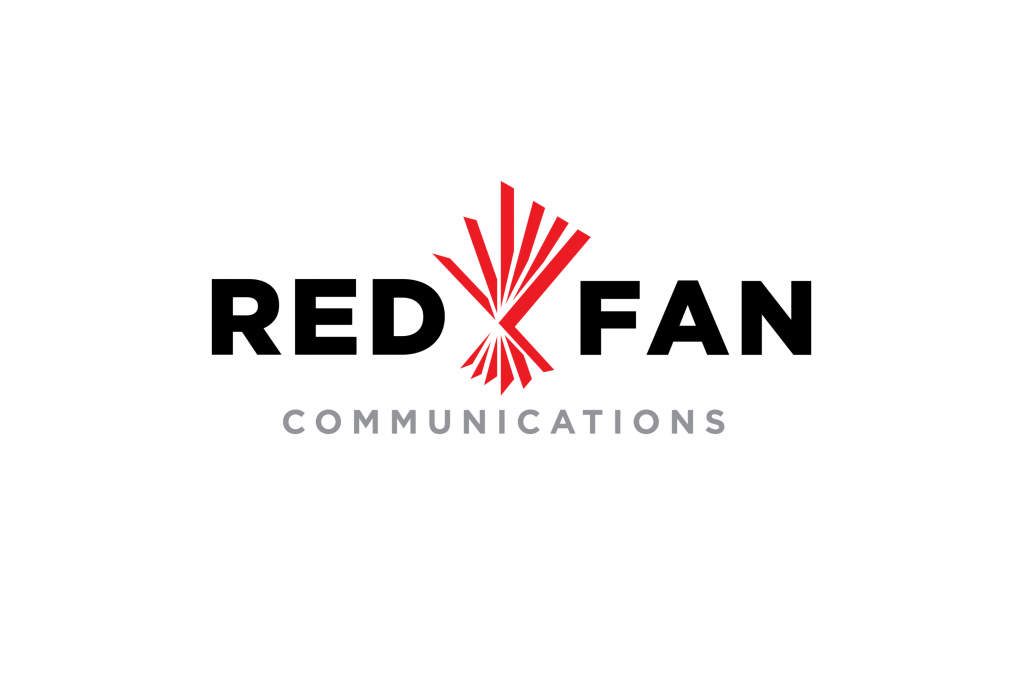We’re quick to blame climate change on cows when we should look at our habits and how we can fix them.
Walking through the grocery store, it’s clear we’re eating differently than we were just a few years ago. Zucchini noodles, impossible meat and cauliflower pizza crusts are all prominently featured on supermarket shelves. The focus on incorporating plant-based meals into our diets is a trend in the right direction—but only if we grow and consume plants sustainably. People are quick to blame cows for their negative environmental impact, and while it’s prudent to reduce our beef consumption, cows only account for 4 percent of methane gas emissions in the U.S. All food production, even growing vegetables, adds greenhouse gases to the atmosphere. We waste 30 to 40 percent of food post-production, which then goes to rot in a landfill and produces methane. Farmers use unnecessary land and pour water and fertilizer resources into foods we don’t even eat. Adjusting our habits by implementing new technology in the food system––farms, grocery stores, homes and the supply chain––can help us keep the earth, and our stomachs, happy and healthy.
CONNECTED FARMING WITH IOT
Farmers are feeding more people than ever before. The United Nations projects that global agricultural production must double by 2050 to meet the needs of a booming population. New technology helps farmers implement more sustainable and efficient farming practices. The Internet of Things provides farmers with data to optimize crop growth, reduce downtime and promote sustainable agriculture. According to the American Farm Bureau, IoT can reduce costs by around 15 percent while increasing crop yield by 13 percent.
Agricultural production faces extreme variability. Weather, soil needs and equipment failures can all jeopardize a fruitful harvest. In the past, farmers had to wait for weeks to receive soil data. Now, IoT sensors on planters allow farmers to see soil data in real-time. Connected equipment allows farmers to see potential failures before they occur, preventing downtime and costly repairs. According to John Deere, connected machines can also communicate with each other to prevent duplicate work. For example, one planter knows when another planter has seeded a field. John Deere is also working to perfect a computer visualization technology that segments weeds from good crops. Using this technology, farmers can target herbicide to each weed instead of the entire field, cutting costs, improving soil health and limiting water pollution. Besides preventing water pollution from herbicides, connected sensors can reduce water consumption by 30 percent. Sensors within the soil can sense moisture levels in real-time, empowering farmers to make data-driven watering decisions.
Farmers work hard every day to feed us, and implementing IoT into our food supply chain protects their work. IoT sensors within shipping containers can monitor temperature and humidity, identifying problems along the chain that could damage products.
LEVERAGING AI IN GROCERY STORES
Consumer food waste has a massive impact on climate change. We need to stop blaming the poor cows and take a closer look at our kitchens. According to the U.N. Food and Agriculture Organization, food waste contributes to 8 percent of total global greenhouse gas emissions, which is double the emissions of cows. New York City alone wastes four million tons of food a year. Food waste comes from multiple sources—grocery stores, restaurants, your kitchen—so there isn’t a one-size-fits-all approach to tackle food waste, but technology undoubtedly holds the greatest potential for mitigating it.
Grocery stores are leveraging AI in multiple ways to prevent food waste before it happens. Predictive AI allows stores to determine demand and sales, initial tests have found that leveraging this technology can reduce waste by up to 40 percent. AI can also help companies reduce the waste of objects already on the shelf by optimizing prices through machine learning. Small price screens display changing prices based on which items are near their sell-by dates. Unfortunately, implementing new technology takes time and we need solutions now. New analytics software connects businesses with a food surplus to shelters, after-school programs and other nonprofits, tackling food waste and food insecurity. Businesses post excess food on the platform and pay a volume-based fee to have it removed. Some restaurants also use this technology to turn a profit by selling items that will otherwise be wasted at a lower price.
LOW TECH SOLUTIONS TO REDUCE WASTE AT HOME
After food leaves the grocery store, it should be safe in theory. You’re spending your hard-earned dollars and making the conscious effort to grab that apple off the shelf and put it in your cart. Unfortunately, that isn’t the case. American homes waste 150,000 tons of food each day—equal to about one pound per person. Innovative, easy-to-implement, low-cost and low-tech food systems are looking to change that. Social-focused food sharing apps allow you to take that apple you know you aren’t going to eat, and share it with a neighbor. Smart cameras in your refrigerator allow you to check your fridge while you’re at the store and confirm you already have a dozen apples and do not need yet another.
One of the most difficult things about grocery shopping is purchasing the correct portion size, particularly when shopping for one. Meal delivery kits address the problem with pre-portioned ingredients delivered to your door, but pre-portioned meals often include excessive plastic packaging. Plastic is the environmental hill that I will die on. I work to cut plastic out of my grocery shopping as much as possible, so when I saw so many meal kits with plastic-wrapped everything, it horrified me.
I can, however, admit when I’m wrong. According to a study at the University of Michigan’s School for Environment and Sustainability, the food-waste these kits prevent, not plastic, is the true horror. The study found that the average meal sourced from a grocery store is responsible for 33 percent more greenhouse gas emissions than the same dish from a meal kit. In addition to preventing food waste, it’s more eco-friendly for a delivery driver, with other packages and an optimized route, to deliver food to the consumer rather than each person making the trip to the store or a restaurant.
AI SOLUTIONS THAT SAVE FOOD, AND MONEY IN RESTAURANTS
I was always under the impression that restaurants, typically running on low food margins, would lead the charge against preventing food waste. It just makes good business sense, but according to Restaurant Hospitality, food waste amounts to $25 billion a year. Similar to grocery stores, restaurants can implement predictive analytics into their ordering system to predict sales using weather data, growth trends and historical data. Using this data, AI can forecast product needs down to each item on the menu, lowering costs and preventing food waste. AI also allows restaurants to see exactly what they’re wasting. A weighing scale with an AI camera equipped with a computer vision algorithm can record the weight and type of food as it’s thrown away. Staff will select the reason for the waste on a touchscreen, allowing restaurants to use that data to identify areas of waste and make meaningful, data-driven changes in operations.
By being more thoughtful about what we eat and how we’re eating it, we can limit our greenhouse emissions and help cows do the same. Farmers are decreasing the amount of methane per pound of milk and meat produced using better herd and pasture management techniques.
So next time you’re tempted to blame a bovine burp for melting ice caps, remember that they aren’t the ones with the research and technology to change our food supply chain for the better. #StopCowShaming







